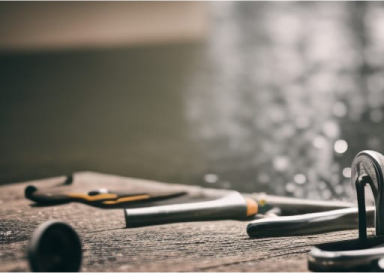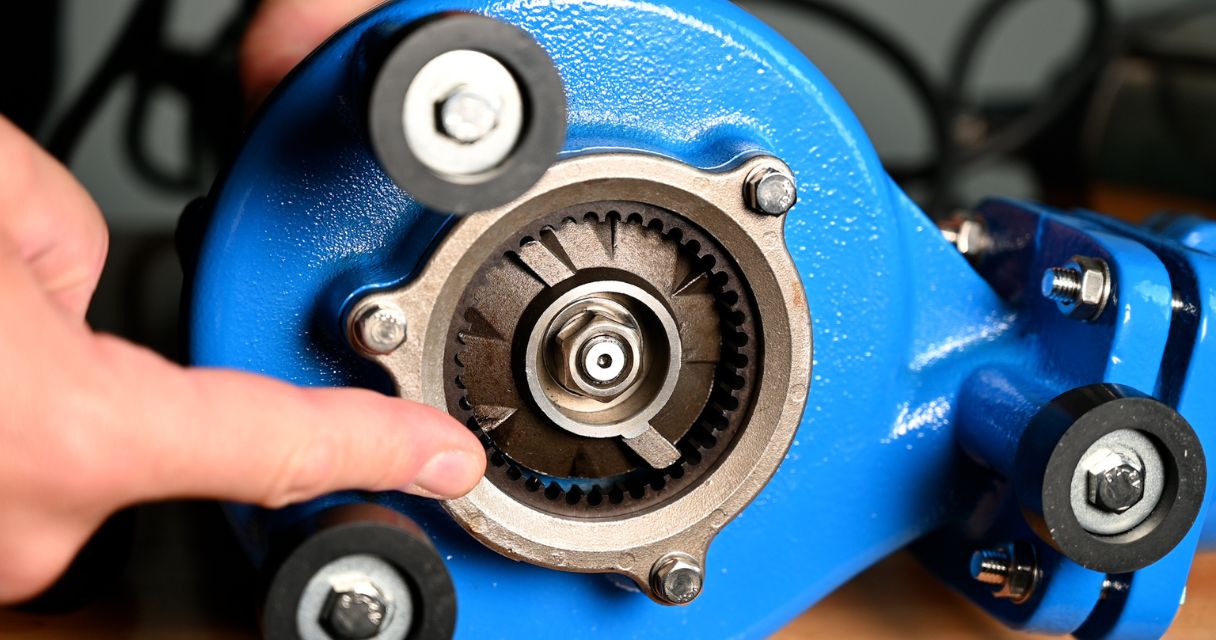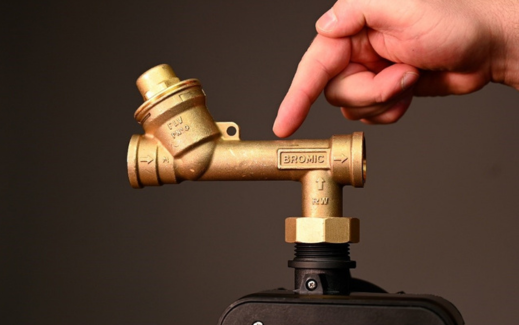
Favourites
Sign in to your account
By adding to Favourites, you can…
- Save products or resource documents you view regularly
- Save time with quick access to frequently viewed items
Please sign in or create an account to add to your Favourites.

There are a few factors to consider when choosing a water pump for rainwater harvesting:
- Pump type: With multiple pump types available on the market, you’ll have to decide which is right for your task or purpose. For example, submersible pumps are used to “push” water rather than “pull it”, and are less noisy and more space-efficient. Jet pumps are generally available for a cheaper upfront price and can be used for a more versatile range of functions.
- Required flow rate: Flow rate determines how quickly water is delivered. Required flow depends on how your rainwater tank or other water source is used. Flow rate is usually measured in litres per minute.
- Required head: Head is the vertical distance that water must be moved by a pump to its destination. This is an essential consideration, as different pumps are designed to move water at different vertical distances.
- Required pressure: Purchasing a pump with the right pressure ensures that water reaches its intended outlet with the required force. Pressure for water can be calculated using P(kPa)=9.81xhead(m).
Contact your local plumber to size up correctly for each individual application.
Water pumps require a range of accessories to properly function. You can purchase many of these key accessories from Bromic, including:
- Changeover valves: Bromic’s changeover valve offers economic and efficient use of stored rainwater. These valves are a smooth and reliable way to access rainwater.
- Controller kits: Bromic offers a number of controller kits, automatically performing tasks including starting and ceasing water supply and changing between harvested water and mains water. Bromic’s controller kits are weatherproof and fully compatible with Waterboy™ pumps.
- Submersible pump hose kit: This easy-to-use hose kit allows water to be dispersed from a work site.
Explore Bromic’s water pump accessories to find the tools you need for your project.
Bromic’s range of Waterboy™ jet pumps are ideal for an array of domestic and commercial applications, owing to a broad range of design features:
- Bromic Waterboy™ pumps have a highly durable design, allowing them to function well over a long period of time. They are capable of withstanding a range of weather conditions while continuing to operate well.
- The Waterboy™ range offers an extensive series of different pumps, allowing you to find the perfect product for your needs. You can browse jet pumps, submersible pumps, multi-stage pumps and more.
- Thanks to this range, it’s easy to find a pump for whatever application you require. Many individual pumps in the range are also highly versatile and suitable for a range of functions.
- Many pumps in the Waterboy™ are self-priming. Manual priming can be complex with the potential to damage your pump. Self-priming pumps are more intuitive and make for easier set-up.
Submersible pumps sit within water tanks or other water sources. While other types of pumps work by “pulling” water, submersible pumps “push” water upwards.
Submersible pumps often use centrifugal motors, using impellers to increase water pressure and push the water out through the pump outlet. Submersible pumps generally do not need to be primed.
Yes, it has a nut on the top that can be taken off and a small flat head screwdriver can be screwed in to increase pressure.
Yes, the product code is 6060586 and has 2 x 6SHW0450 instead of the 2 x 6LCC270450FLA.
This will occur after initial setup due to air in the lines. Make sure you open the valves and allow to fill with gas.
No, this has only been approved for LPG and should not be converted.
If it is installed – minimum of 200mm from centre of the top of the gas burners to any combustible surface on each side and back of cooker. Minimum of 600mm to overhead cupboard above the cooker.
Wait for it to cool. Use warm soapy water and soft cloth – no abrasives. Refer to page 4 of the manual.

STILL HAVE QUESTIONS?
If you have searched our website, document library & FAQs and haven’t found the information you need, please contact us to resolve your query. This will allow us to continually improve the data we share here and elsewhere on our website.



